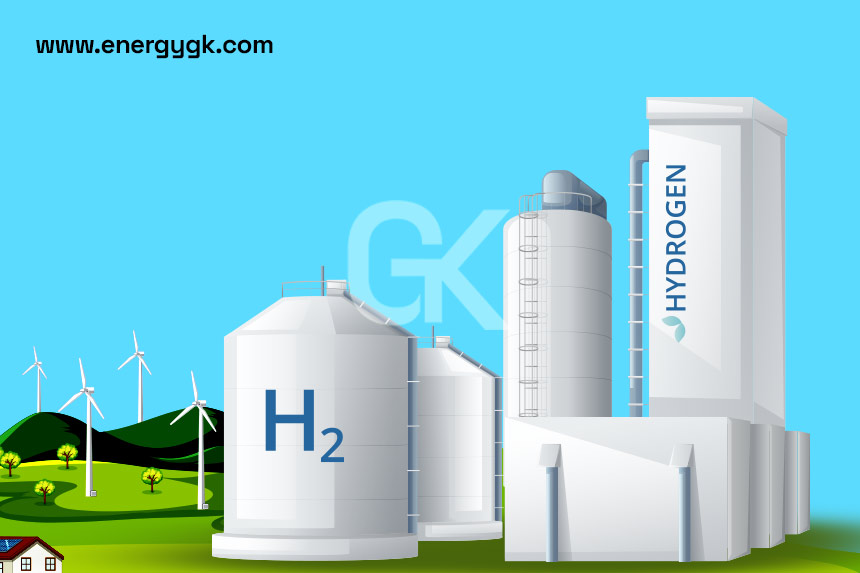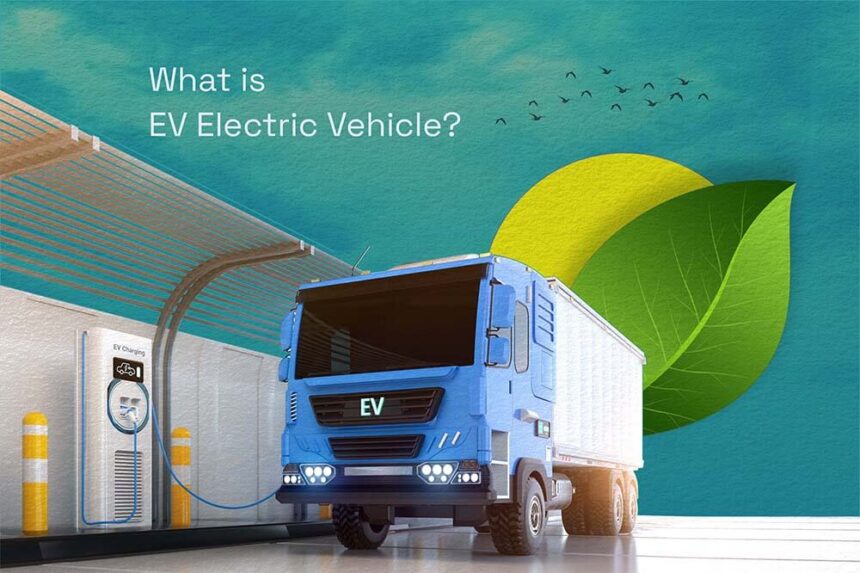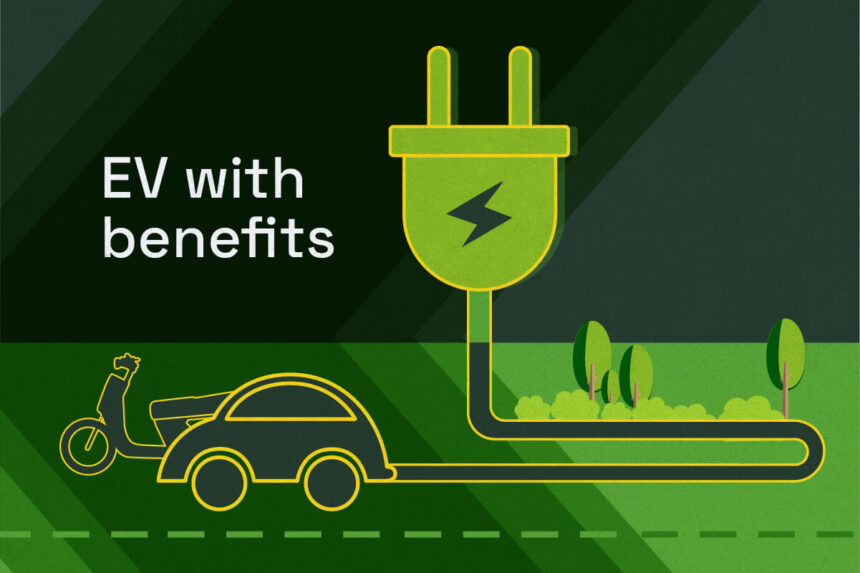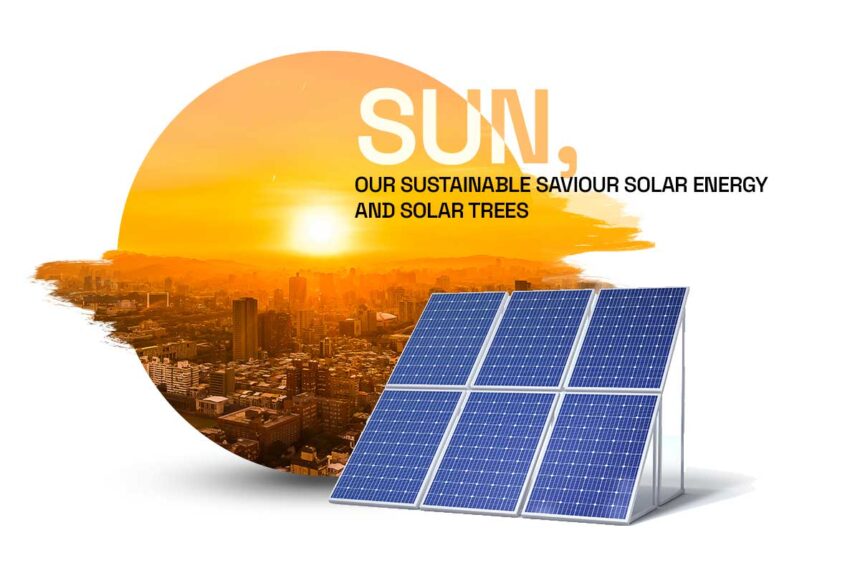How we produce manage and use energy has completely changed in the last few years due to the convergence of artificial intelligence (AI) and clean energy. In the energy sector this synergy is generating previously unheard-of levels of sustainability dependability and efficiency opening the door to a greener future. Let us examine the ways in which artificial intelligence is enhancing the generation and administration of sustainable energy.
1. Lower Downtime and Predictive Maintenance. Predictive maintenance is one of the most important uses of AI in clean energy. Artificial intelligence algorithms examine information gathered from sensors installed in energy infrastructure like solar panels and wind turbines to forecast when parts will break. This makes proactive maintenance possible which lowers unplanned downtime and lengthens equipment life. In order to ensure prompt repairs and reduce energy production losses wind turbines with AI installed for example are able to anticipate the failure of vital components such as gearboxes or blades.
2. Optimizing the Production of Energy. Artificial Intelligence is a key component in optimizing renewable energy production. Solar and wind farms can optimize their operations by using machine learning models that can predict weather patterns with high accuracy. These models provide energy producers with the ability to modify their systems in order to maximize energy capture and storage by predicting sunlight and wind speeds. AI also assists in adjusting solar panel angles and wind turbine orientations in real-time to maximize their efficiency.
3. Grid Management for Smart Devices. Grid management is becoming more dynamic and effective thanks to artificial intelligence. Artificial intelligence-enabled smart grids are capable of seamlessly integrating different energy sources and storage options while balancing supply and demand in real-time. In order to avoid overloads and blackouts artificial intelligence (AI) algorithms examine consumption patterns and modify the distribution of energy. Furthermore through speedy fault isolation and identification decreased downtime and increased reliability AI strengthens grid resilience.
4. Improving Technology for Energy Storage. In order to mitigate the intermittent nature of renewable energy sources energy storage is an essential part of clean energy systems. AI makes sure batteries run smoothly and last longer by optimizing their cycles of charging and discharging. By charging batteries during times of low demand AI can for instance anticipate spikes in energy consumption and alleviate the burden on the grid while guaranteeing a steady supply of energy. AI algorithms can also combine data from various storage units to create a virtual power plant that can better respond to grid demands.
5. Optimization of Energy Usage. Energy production and consumption are both being optimized by AI. AI-powered smart home technologies are able to recognize user patterns and modify energy use accordingly. For example AI can reduce energy waste and utility bills by controlling lighting heating and cooling based on occupancy patterns. AI is capable of managing energy consumption in industrial and commercial buildings on a bigger scale. It can spot inefficiencies and suggest ways to save energy.
6. Enabling Trade in Renewable Energy. AI is also transforming the renewable energy trading industry. Peer-to-peer energy trading platforms where consumers can buy and sell excess energy directly are made possible by blockchain technology and artificial intelligence. AI systems optimize pricing pair up buyers and sellers and guarantee safe and transparent transactions. By empowering customers this decentralized strategy encourages the use of renewable energy sources.
7. Improving Industrial Energy Efficiency. Industry uses a lot of energy and artificial intelligence is making them use energy more wisely. Real-time industrial process monitoring is enabled by AI-powered systems which also propose ways to improve and spot inefficiencies. For example AI can minimize energy waste cut down on idle times and optimize the operation of machinery. Along with lowering energy use these upgrades also lessen operating expenses and their negative effects on the environment.
8. Assisting in the formulation of policies and decisions. Legislators and energy planners can benefit greatly from AI. AI can forecast future energy demands assess the effects of various policies and offer insights into energy trends by analyzing enormous volumes of data. This aids in the development of successful plans for sustainability grid expansion and energy transition projects. AI-driven simulations can also simulate the consequences of incorporating renewable energy sources or new technologies which can help with well-informed decision-making.
Conclusion
The incorporation of artificial intelligence into the production and management of clean energy is revolutionary. AI is spearheading the transition to a sustainable energy future from smart grids and energy-efficient consumption to predictive maintenance and optimized production. AI and clean energy working together will surely result in even more creative solutions as technology develops guaranteeing a more efficient and environmentally friendly energy landscape for future generations.






